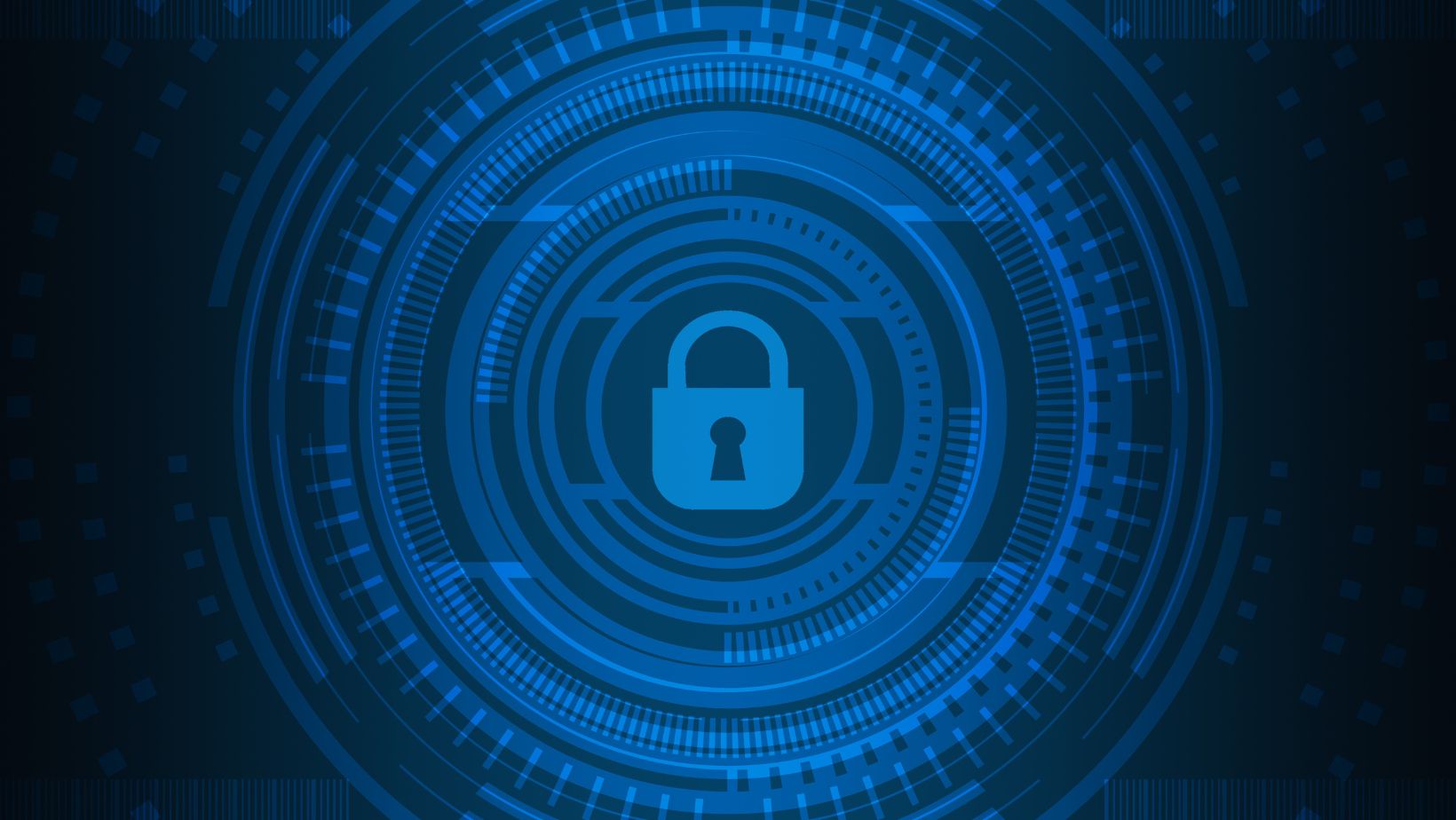Classic perimeter defenses were built for an era when employees stayed inside headquarters and most applications ran in the data center. Hardware firewalls, intrusion‑prevention appliances, and site‑to‑site VPN concentrators formed a hard shell around a trusted core. Traffic from branch offices backhauled over MPLS links to that central stack, where dedicated gear inspected packets, filtered malware, and routed approvals toward on‑prem servers.
The model worked while workloads sat behind a single IP range, but it assumed that anything inside the castle walls deserved implicit trust. As a result, once attackers breached one endpoint, they could often roam freely across shared segments. Scaling these boxes also introduced pain purchasing new chassis, shipping them to branches, and configuring rules manually whenever headcount grew or a new SaaS product appeared.
What is SASE (Secure Access Service Edge)?
Secure Access Service Edge flips the equation, delivering both networking and security from a distributed cloud platform instead of fixed racks. Gartner coined the term in 2019 to describe a convergence of technologies SD‑WAN for smart routing, Zero Trust Network Access for identity‑driven control, cloud access security brokers for SaaS protection, firewall as a service, and secure web gateways.
Users, no matter where they sit, authenticate to a nearby SASE point of presence. Policies follow identities and devices, so a designer at a coffee shop receives the same controls as a colleague in the branch office. Because inspection happens in the cloud, traffic can go directly to Microsoft 365, AWS, or Salesforce without hair‑pinning through headquarters, cutting latency and bandwidth costs.
Key Differences Between SASE and Traditional Network Security
Architecturally, traditional stacks rely on centralized choke points, whereas SASE offers a mesh of globally distributed enforcement nodes. Legacy appliances decide access based on source IP ranges, while SASE verifies user identity, device health, and context before granting application‑level permissions.
Deployment shows another split. A firewall upgrade may require forklift replacements and late‑night maintenance windows. SASE spins up through software and orchestration APIs, letting teams roll out new branches by shipping an edge device that phones home for configuration. Elastic cloud scaling means bandwidth and inspection horsepower expand automatically during high‑traffic seasons.
User experience also diverges. Remote staff on legacy VPNs often complain about sluggish video calls because every packet detours through a congested data center. With SASE, traffic reaches the nearest inspection node, then heads to the SaaS provider along an optimized path, keeping jitter low.
Pros and Cons of Each Approach
Traditional security advantages center on familiarity and stable, predictable performance inside one location. Compliance teams know exactly where logs reside, and some legacy applications still require layer‑three proximity to core databases. The downsides include high CapEx for redundant appliances, slow response to cloud adoption, and visibility gaps once data leaves the perimeter.
SASE strengths involve agility, identity‑centric rules, and built‑in support for public cloud, mobile, and branch transformations. However, migrating demands up‑front planning, careful selection of integration partners, and trust in the provider’s global infrastructure. In heavily regulated sectors, auditors may require extra evidence that cloud inspection nodes meet data residency rules.
Which Approach Fits Your Business?
Organizations running a single campus with on‑prem applications can still rely on next‑generation firewalls and traditional VPNs. Yet most firms mix SaaS, public cloud, and hybrid work. For them, SASE’s distributed enforcement reduces hair‑pin latency and eliminates the need to ship hardware every time a new location opens.
A gradual route is possible. Many vendors support hybrid designs where SD‑WAN delivers optimized paths while existing firewalls guard critical data centers. Over time, remote sites migrate to cloud inspection, and IP‑based VPN tunnels transition to identity‑aware connectors.
Budget plays a role as well. Renting security as a service converts CapEx to OpEx and removes appliance‑refresh cycles. On the other hand, firms that recently invested in large firewall clusters may defer full cloud moves until depreciation ends.
Businesses looking to strengthen their security posture often benefit from working with local professionals who understand both modern threats and evolving tech stacks. Providers such as IT services in Scottsdale offer support that spans network security, help desk solutions, and full-spectrum infrastructure management—helping organizations stay protected, connected, and productive as their environments grow more complex.
Deep Dive: Identity and Zero Trust
A signature feature of SASE is its embrace of zero trust principles never assume a user or device is safe simply because it sits on a corporate subnet. Instead, the platform evaluates every session against dynamic policies. That approach blocks lateral movement and limits the blast radius of compromised credentials.
Traditional appliances can implement segmentation, yet it usually involves complex VLAN maps and manual ACLs. Cloud‑native enforcement simplifies rule writing: grant finance staff access to the accounting SaaS, but prevent peer‑to‑peer file sharing regardless of location. The NIST Zero Trust Architecture publication, available at https://www.nist.gov, provides useful guidance when crafting such policies.
Real‑World Performance Gains
Cisco’s 2024 Global Networking Trends report shows that companies adopting cloud‑delivered security shave an average of 35 percent from SaaS latency. Meanwhile, The Economist underscores how direct‑to‑cloud paths improve voice and video quality for remote collaboration platforms. These gains translate into tangible productivity, especially for customer‑facing teams who rely on real‑time meetings.
Budget and Resource Considerations
Hardware maintenance, power, and rack space add up. Moving inspection to the vendor’s cloud shifts those costs into a subscription that often scales per user. For SMBs without a full security staff, this also means fewer patch cycles and vendor cages to visit. Yet enterprises with strict on‑prem data‑sovereignty obligations must verify where traffic terminates and if geo‑fencing features satisfy local laws.
Another financial angle is insurance. Underwriters increasingly ask whether firms use identity‑based access and real‑time cloud monitoring. Exploring SASE security use cases in cloud environments can help organizations understand how adopting best practice architectures for hybrid networks can lower premiums, as adaptive controls reduce breach likelihood.
Great Practices During Transition
- Assess application flows. Map which services sit in SaaS platforms, which remain on premises, and where users connect from.
- Prioritize quick wins. Pilot SASE at a satellite office to validate performance without risking headquarters.
- Integrate identity. Tie policies to Azure AD or Okta groups so off‑boarding instantly revokes cloud access.
- Monitor continuously. Feed logs to a SIEM such as Splunk or IBM QRadar to maintain central visibility across the new fabric.
- Educate teams. Network engineers accustomed to CLI firewalls need training on policy engines and API integrations.
 For deeper strategic advice, Gartner’s “Market Guide for Single‑Vendor SASE” highlights evaluation criteria and cost models, while the Cloud Security Alliance provides migration checklists.
For deeper strategic advice, Gartner’s “Market Guide for Single‑Vendor SASE” highlights evaluation criteria and cost models, while the Cloud Security Alliance provides migration checklists.
Conclusion
Traditional perimeter appliances protected offices when data lived in one place, but cloud migration, mobile users, and edge devices shattered that model. SASE merges networking and security into a single, cloud‑delivered service, enforcing identity‑centric policies close to every user and application. By understanding both approaches, weighing pros and cons, and mapping business needs, leaders can craft a phased plan that delivers strong protection without sacrificing agility.
Frequently Asked Questions
Is SASE only relevant for large enterprises?
No. Cloud‑native delivery levels the playing field, letting small firms access advanced security without buying multiple appliances.
Can I keep my on‑prem firewall and still adopt SASE?
Yes. Many organizations run hybrid designs where the data‑center firewall protects legacy apps, while SASE handles remote workers and SaaS traffic.
Does SASE replace VPNs entirely?
Identity‑based ZTNA tunnels often take over most use cases, but some niche, layer‑three applications may still require IP‑centric VPNs during transition.



